How to grow melons in Siberia in the open field and in a greenhouse?
Melon cultivation in Siberia does not seem unusual now. Hardworking gardeners plant them in greenhouses and in open ground. Then get a harvest of fragrant juicy berries.
The thermophilic berry is traditionally cultivated in the steppe regions of the south. In Siberia, not so long ago, gardeners did not risk planting a melon. But new varieties and hybrids of a quick ripening period appeared. Experience in cultivation has been accumulated. Well-known technologies are also used.
Gardeners note the pleasant taste and juiciness of the fruits grown in the open field. They compare favorably with melons brought from the southern regions. Competent agricultural technology will provide a family with products in the required quantity.
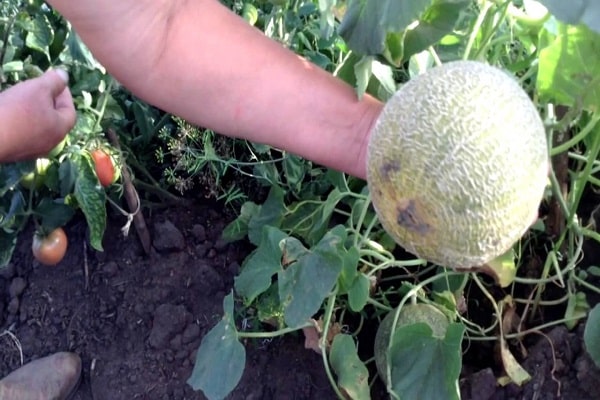
Region suitability for cultivation
The climate of Siberia is heterogeneous. In the northern part, air masses from the Arctic Ocean cool the soil. Farming is problematic here.
In the southern part (in Khakassia), apricots and pears feel at ease. The number of sunny days is sufficient. Gardeners are trying to grow grapes and heat-loving melons in the open field, including melons.
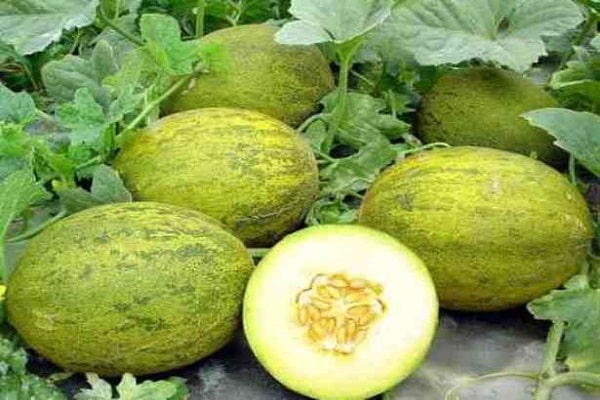
The lack of climate in the region is unpredictability. There are droughts in the spring and summer. The temperature in the shade reaches 40 ⁰С. This heat is replaced by the July cold snap and prolonged rains. June often brings snowfalls. Frosts occur in early August. Then warm weather sets in again for a short time.
To grow melons in Siberia in the open field, all the features of the region should be taken into account. It is required to familiarize yourself with the catalog of varieties and hybrids of zoned plants, to work out methods of cultivation. Advice from agricultural technicians and the use of covering material will make the task easier.
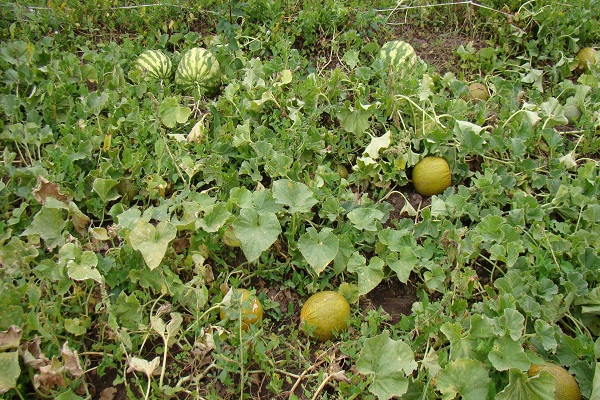
What does a melon require?
This crop is characterized by increased requirements for growing conditions. For the growth and ripening of melons in the open field, you must:
- Comfortable temperature for growth and maturation is + 25–30 ⁰С. When exceeded, the pollination of the ovaries stops (pollen is sterilized).
- A decrease in the average daily temperature to 10–15 ⁰С leads to a halt in melon growth. Prolonged cold snap causes the death of the plant.
- Early ripening melons need up to 70 days of comfortable weather to ripen. The mid-season period is longer - up to 90 days. If conditions change, the period for reaching technical ripeness is lengthened.
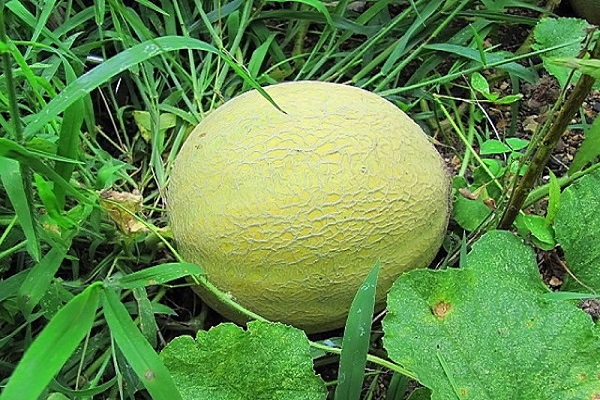
In the north of Siberia, it is possible to grow melons in a greenhouse. Moreover, it is required to ensure sufficient illumination and temperature in the room for plant growth. These activities increase the cost of the fruit.
In the central and southern parts of the region, it is possible to harvest warm-loving berries in the open field. The main requirement is the absence of prolonged rains and summer cold weather. The number of sunny days ranges from 40 to 50.The same number of days happens with night temperatures above 15 ⁰С. Therefore, it should be grown in seedlings.

Some gardeners take a risk: they plant the melon with dry seeds immediately in a permanent place on an open bed. The method pleases with positive results only in the southernmost regions. In this case, the weather should be as favorable as possible. In the conditions of the region, such an event is a rarity.
How to grow a melon?
An unstable climate with a small number of days comfortable for a plant requires efforts from the gardener... It should be provided:
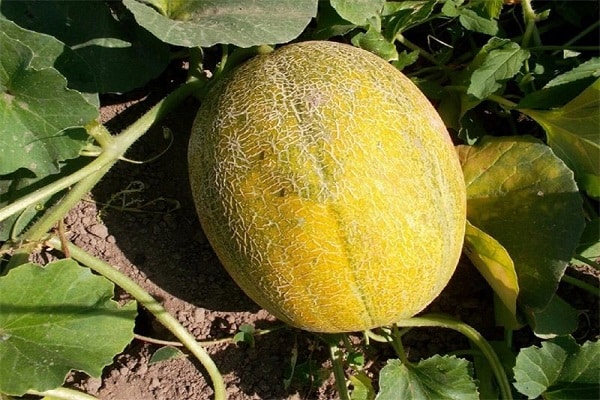
- growing melon through seedlings (should be planted a month before the intended planting in the ground);
- prepare ridges (pay special attention to soil fertility);
- use a covering material under unfavorable conditions (in June and August);
- normalize plants.
Cultivation of thermophilic berries in the open field requires efforts from the gardener. But how happy it is to offer home grown juicy fragrant fruit to home!
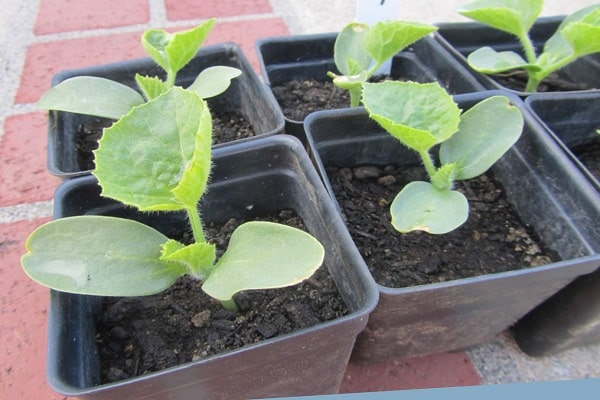
How to prepare seeds?
When buying material from reputable companies, you do not need to do anything before landing. The manufacturer checked the seeds for germination, additionally carried out chemical treatment, and provided soil control. This is written on the packet.
Some gardeners collect seeds themselves. In this case, you should:

- Check for germination. Pour a handful of material into a glass of water. Stir. Wait 5 minutes. Empty seeds will float. They are discarded. The rest are suitable for planting.
- Calculate the percentage of germination (when cultivating large areas). To do this, the number of seeds remaining at the bottom should be divided by the total number of seeds being checked and multiplied by 100. This measure will avoid empty holes.
- Disinfect material in pink potassium permanganate solution (hold for 10 minutes).
- To increase germination, it is recommended to lower the seeds in a solution of potassium humate or aloe tree juice for 30 minutes.
- After wet treatments, it is recommended to dry the seeds.
- In Siberia, it is risky to sow germinated seeds. With a sudden cold snap, the awakened embryos will die.
Melon seeds should be planted 2-3 years after harvest. This measure will increase the number of female flowers.
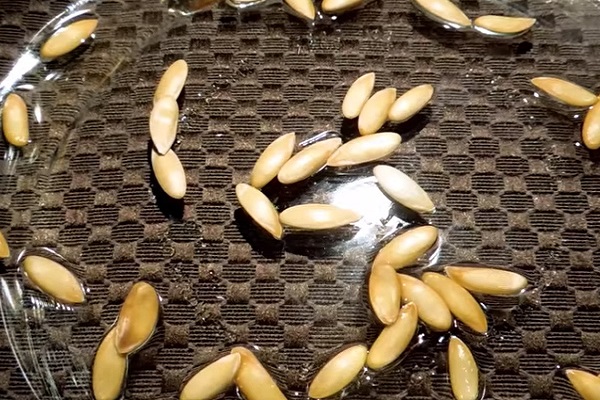
Sometimes the gardener plans to plant the melon in the first year. In this case, dry heating of the seeds is required for a month at a temperature of 30–40 ⁰С. You can pour the material into a cloth bag and hang it from the battery.
Soil preparation
To get a good harvest, it is recommended to pay attention to the choice of the area for cultivation. The sunniest place protected from cold winds should be allocated for plants.
Melon predecessors should be: tomatoes, peppers, eggplants, beans, cabbage, peas, potatoes. These crops are affected by other pests. The soil after their cultivation does not accumulate pathogenic organisms.
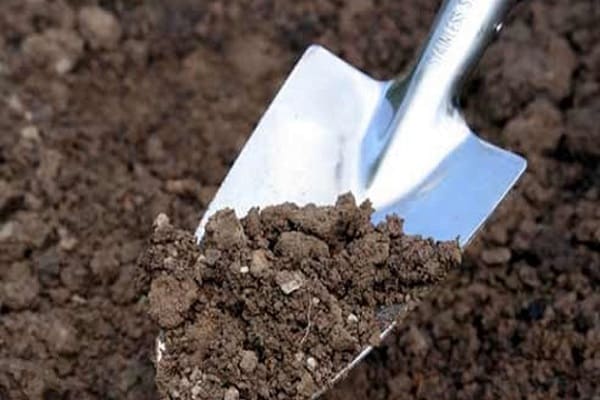
It is forbidden to plant melons after watermelons, cucumbers, pumpkins, eggplants. They have common pests. The roots take the same nutrients from the soil. It is impossible to get a decent harvest.
The garden should be prepared 2 weeks before the expected disembarkation. Action plan:
- Remove weeds. Choose roots carefully.
- Melons require loose, breathable soil. Sanding should be carried out on heavy loams.
- Add humus (bucket per square meter), dig up. After 3-5 days, fill the soil with a mineral complex (according to the manufacturer's instructions).
- Dig up the bed on the bayonet of the shovel. Break up the lumps.
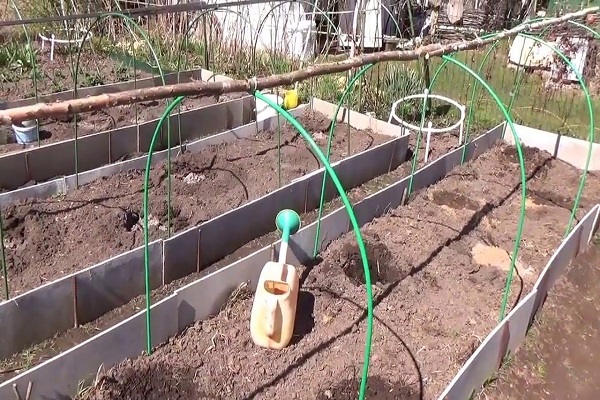
Cover the entire area with a dark dense film. Press the ends along the entire perimeter to the ground. Check the temperature with a thermometer. When warmed up to the required value (12 ° C at the planting depth), you can plant seedlings or sow seeds.
Warm ridges
The inhabitants of Siberia use this ancient method to grow cucumbers in the open field. Garden enthusiasts use it when planting melons. It is not difficult to prepare a garden bed. To save time, you can start in the fall. Sequencing:
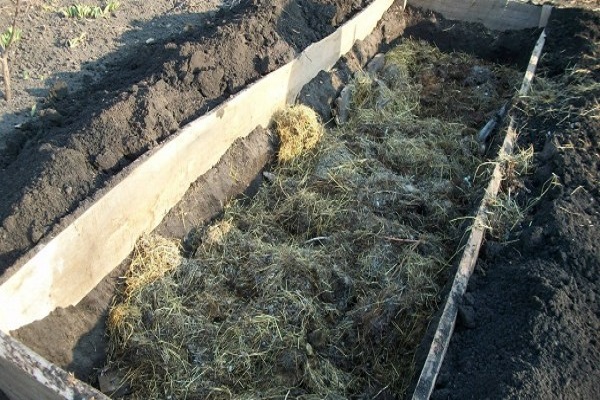
- Use twine to mark the area. Remove soil on the shovel bayonet.
- Make a box of boards, plywood, plastic. It should rise 20-25 cm above the soil surface.
- Lay down chopped branches, grass, tops, bark, remnants of defective fruits and vegetables.
- Cover with half of the excavated earth.
- In the spring (after the snow melts), spread horse manure mixed with straw on top. The layer should be 5-10 cm.
- Top up with the remaining soil and spill with hot water (60–70 ⁰С).
- Cover with dark foil. Press the ends tightly.
The manure with straw will begin to re-heat with the release of heat. After a few days (5–7) the soil is ready for planting seedlings or sowing seeds.
Advantages of the method: the bed is heated from below within 2-3 weeks, manure is an additional source of organic matter, the soil is loose and fertile.
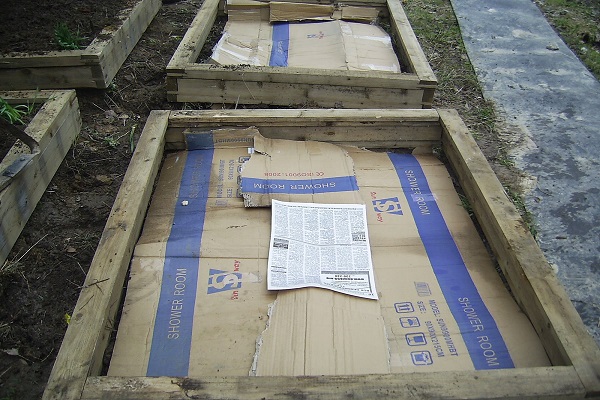
Horse manure can be replaced with cow or bird manure. But the warm-up time will be longer. The heat release period is shorter. Melon grown in this way will ripen earlier than those planted on ordinary ridges.
The method has a drawback. Melons in the open field are placed according to the scheme: 100 × 140 cm. Preparing a warm ridge will require significant physical effort and material costs: manure will have to be bought from a farm or from a breeder.
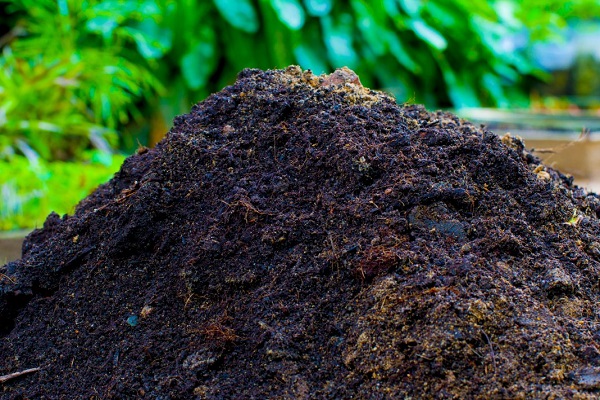
Greenhouse melons
Melon grown outdoors is tastier and more aromatic than greenhouse melon. But using greenhouses has advantages:
- the crop ripens 2-3 weeks earlier;
- the planting scheme is changing: it is enough to place the plants according to the 70 × 40 cm scheme;
- it is possible to regulate the microclimate: change the temperature, soil moisture, illumination;
- the defeat of greenhouse melons by rot is less.
The optimal material for building greenhouses in Siberia is polycarbonate. It retains heat and allows sunlight to pass through.
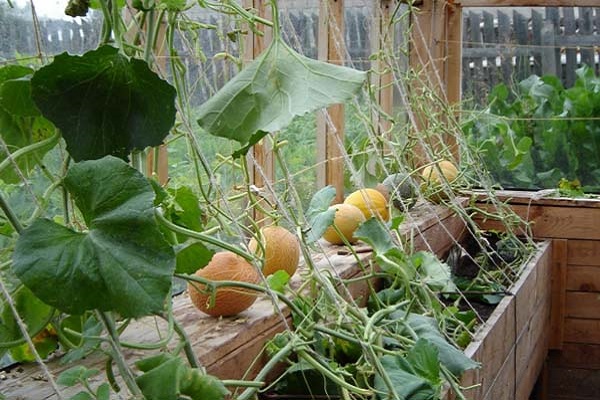
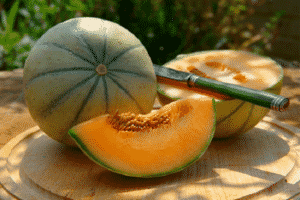


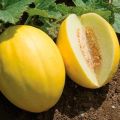




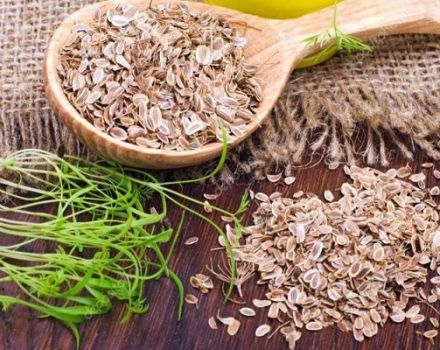
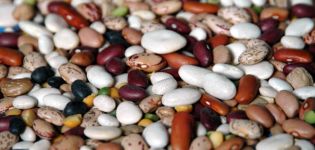
Melon loves warmth, so I would recommend growing this berry exclusively in a greenhouse. In addition, it is imperative to use growth activators, I have been buying for many years BioGrow.